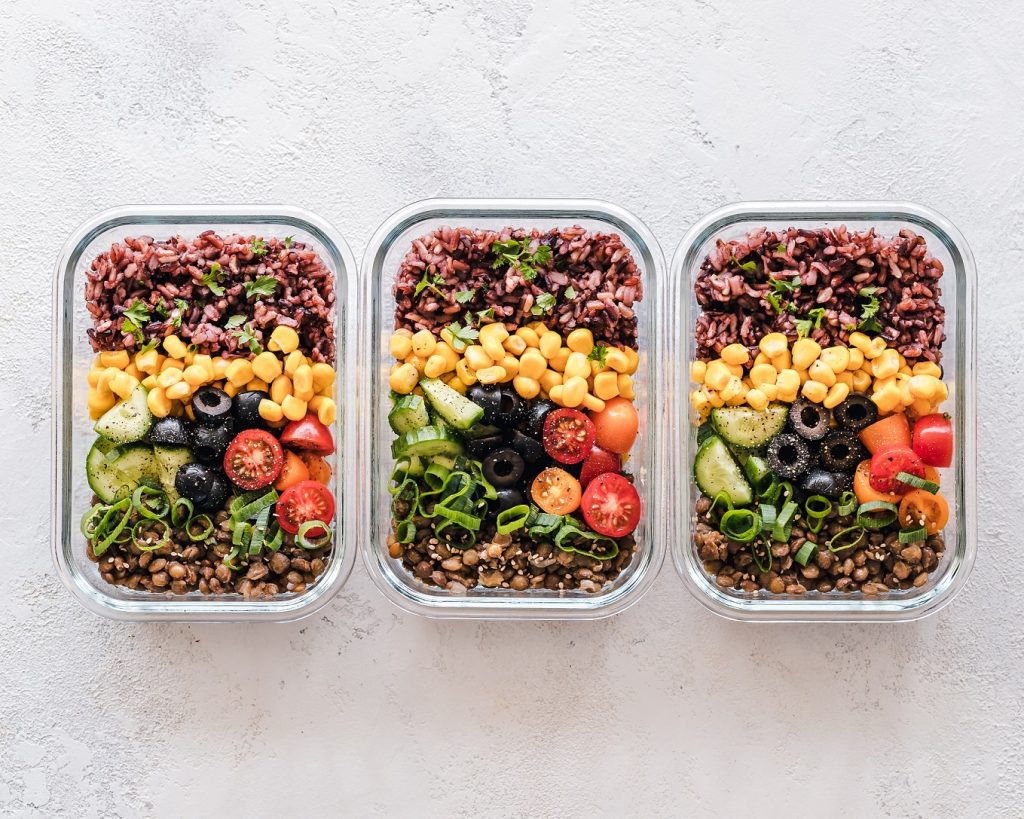 Items
Items


If we could recall it, it would be beautiful to visualize ourselves inside our mother’s womb, where we received all her attention: that is where our primary need for nourishment was first satisfied, at the same time that we received the warmth, love and tenderness of our mother.
As experts on the subject have shown, an affective bond with food is established since early childhood, in infancy during breastfeeding. From that moment, we learn that eating also produces great emotional satisfaction. As we grow older, this affective bond with food increases: our parents and caregivers often use food (sometimes inappropriately) as a form of entertainment, as a punishment or a reward (for example, good behaviour earns us chocolate).
Moreover, we learn to connect emotions such as boredom, dissatisfaction, depression, sadness or anxiety directly with food. Consider also that many social events often revolve around food, reinforcing this bond.
Thus, food acquires various meanings in our lives that go beyond its nutritional aspects and vital necessity. Because of these associations, sometimes when we experience strong emotions that we do not know how to handle, we turn to food; after years or a lifetime of this behaviour, a neural connection is created, a learned path that we unconsciously repeat. That is why it is necessary to teach the brain to find other solutions when we need to attend to and heal our emotions, instead of silencing them with the act of eating.

This neurological urgency to silence our emotions or our sense of dissatisfaction leads us to eat compulsively, without enjoying food and generating strong feelings of guilt. The healthy way is to eliminate any feelings of guilt that we have associated with food.
Once the urge to eat sets in, it’s good to pause, take a deep breath, and ask yourself if you are actually experiencing real physiological hunger, or a compulsive, emotional desire. Our body, in its immense wisdom, offers us very clear signals when it needs food. The stomach feels empty, and we often feel weak, tired and in need of recharging our batteries. However, when the hunger is emotional, the sensation usually comes from the throat or chest, and we feel anxiety.
The next time we experience this sensation, let us notice the urge to eat something sweet or salty, but rarely healthy. It is not necessary to fight this feeling, since depriving the body of what it asks of you ends up being counterproductive: the more you try to restrict it, the more compulsive the act becomes. If we think about eating ice cream, chocolate, French fries or pizza but at the same time we feel we must reject this food because it is fattening, a resistance is created that is ineffective and we end up eating those and other unhealthy options.
It is necessary to listen to the body and observe what it is asking of us: sweet or salty; soft or crunchy; hot or cold. Of course, there are always healthy alternatives: we do not have to choose foods loaded with sugar, refined flours, and preservatives. We can toast healthy wholemeal bread with seeds and spread a spoonful of honey and cinnamon on it, or prepare a hot chocolate made from pure cocoa and sweetened with hone
In this blog you will find many healthy recipes with products from the Symbeeosis range, such as organic mountain tea drinks with vanilla and toasted bread or yogurt with honey, or, in moments of elevated anxiety and stress, a cup of delicious and delicate chamomile or mountain tea with lavender.
Tips to avoid compulsive or emotional eating:
Plan If you plan the primary moments of your relationship with food, it becomes far easier. Mid-morning and mid-afternoon snacks are also key, to avoid hunger pangs and cravings.
Avoid packaged foods, easily accessible and with little nutritional value.
Stop and think what you would do if you did not have food readily accessible. Maybe you would go for a walk, call a friend, write a text or journal, or take a relaxing bath.
If you do eat, look for healthy alternatives to your cravings.
Reconnect with your body and emotions.
Choose up to two answers

